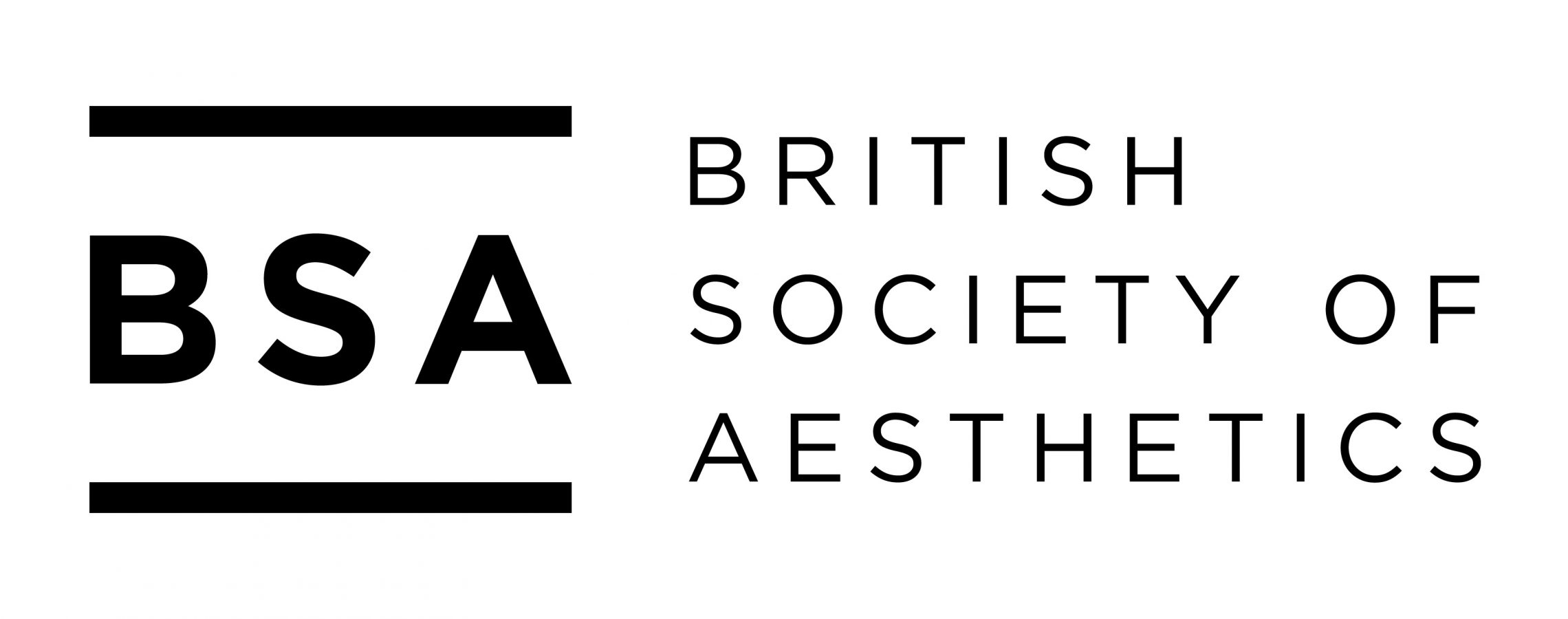Coimbra, University of Coimbra, Faculty of Letters, 27th – 29th October, 2016
Department of Philosophy, Communication and Information / LIF (R&D unit)
In the History of Philosophy, Plato is many times referred to as the father of the notion of a virtual domain of existence confronting the true reality of the world of Ideas. Even if one acknowledges the vagueness of this representation of Platonism, there is no doubt that the dualism of real existence and virtual image has had a powerful and persistent influence in the way one looks to the concept of virtuality. One of the contexts of the application of the platonic version of the virtual-real opposition was the Theory of Art, and the other the concept of memory.
The so-called “Classical Age” of the XVII Century modern Philosophy discussed important topics related to the notion of the virtual in connection to the explanation of the representational knowledge of the empirical reality. Memory and Imagination were accessed as functional faculties in the association of impressions and ideas (Hobbes, Locke, and Hume), but due to the importance of the representational content of the consciousness occurred a reduction of the stream of consciousness to the linguistic contents of knowledge according to the indicative phrase. As a consequence, the virtual became a realm of shadows. Explorations and descriptions of such field inspired the modern literature, and Psychoanalysis is an heir of the interest provoked by this still unfamiliar other side of the mind. The virtuality of memory was subsequently associated with the unconscious but also with the meaning of latency in Charcot, Janet and Freud’s ideas about the psychic systems of their patients and through their therapeutic techniques.
In Matière et Mémoire (1896), H. Bergson concluded from the analysis of the theme of memory in the contemporary scientific literature (Brain Science and Psychology) that the old opposition between image and reality was inappropriate and couldn’t give an explanation for the proprioception of the body’s movement. Also William James contributed decisively to the reassessment to the meaning of latency in the virtual horizon of the actuality of consciousness. Thus, a focus on the temporal medium of the difference between the potential and the actual emerged in order to reflect the difference between the virtual and the real. Both distinctions were grouped together.
Through a comparison between alchemy and theatre, Antonin Artaud in Le Théâtre et son Double (1938) introduced the notion of a “virtual reality” as a realm created by illusion (“fictitious and illusory world”) but provided with a powerful influence in daily life, thus reclaiming the idea of an active latency or a presence of the absent. This meaning gained increasing attention in the Arts and Literature in concrete productions but also in second order descriptions.
It is nowadays very common the quotation of Peirce’s own approach to the notion of virtual as the unique concept able to explain the articulation of the three categories, especially the passage of phenomena of Firstness to Secondness. His notion of an active potentiality would explain the behavior of sign-formation in many processes across different systems. G. Deleuze combined Bergson and Peirce’s notions of the virtual in his own philosophical explanation of the concepts of force, desire and expression.
Theory of Systems (N. Luhmann) devoted significant theoretical efforts in the clarification of the virtual structure of meaning according to the distinction of the actual and the potential in psychic systems and in social systems. The structure of communicative meaning decomposed in information, message and understanding includes a cascade of virtual and non-virtual elements across the selections made to produce and receive messages. The exploration of the History of information theory and of the large use of the address-addressee (sender-receiver) scheme from the point of view of the systemic perspective on the virtual seems attractive.
Recent technological innovations with huge consequences in media metamorphosis and incorporation of meaning through information storage and manipulation made explicit the use of “virtual reality”. The concept is of everyday usage. Nonetheless, it is important the clarification of the motives of such semantic success taking into account the media evolution.
Organizers:
Doutor Edmundo Balsemão
Doutor Cláudio Carvalho
Doutor Joaquim Braga
The Coimbra Conference On the Virtual (to be held at the Faculty of Letters of the University, 27th -29th of October 2016) will deal with the conceptual trends and theories here mentioned. We encourage researchers to present the results of their work according to the following general thematic divisions.
I – The Semantics of Virtuality and the main conceptual trends in the contemporary meaning of the virtual in Philosophy and across the Humanities
II – The Virtual in Perception and in Communication Systems. The use of simulation and its special structure of reflection. The reference to embodiment to translate physical-psychic virtualization in the Arts, Cognitive Sciences and contemporary Philosophy.
III – Media Evolution, “Digital Convergence” and Remediation. Descriptions and conceptual evaluation of the contemporary media transformations, their virtual co-references and the overlapping of information, embodiment and meaning.
IV – Technology, Memory and Imagination. The connection between memory and virtuality. The contemporary use of “techno-fantasies” and the new scenarios for the imagination.
In order to write your proposal of presentation we suggest that you carefully take into account these aforementioned items. Please, be aware that you need to inscribe your presentation in lines I to IV. You can select more than one line.
Write your proposal in Word format, max. 2000 words.
Official language: English
Email: virtual2016@fl.uc.pt
